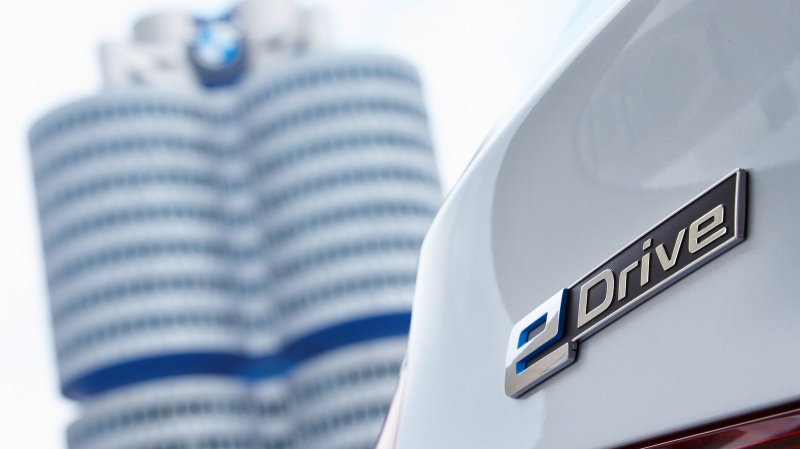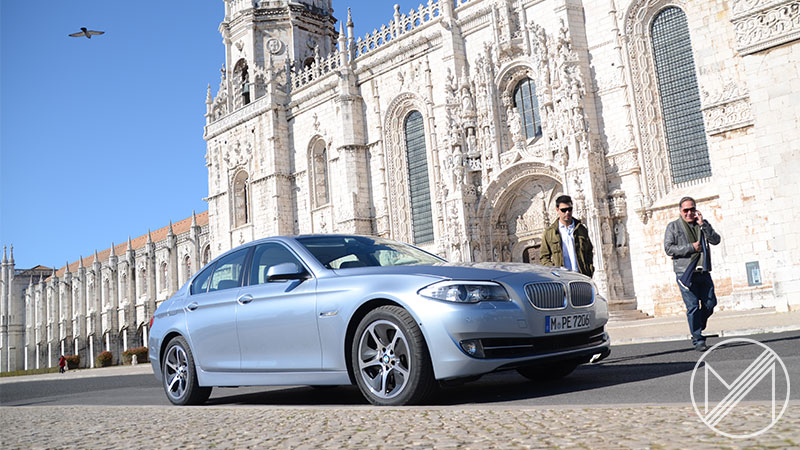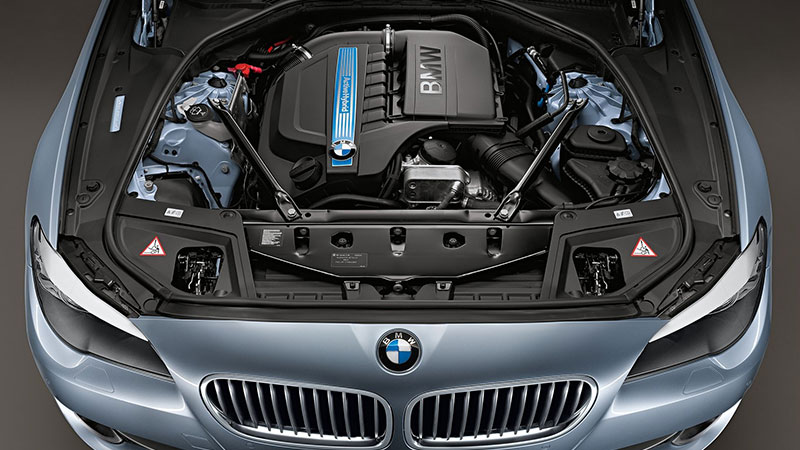Whether it was started to stand apart from its peers or just out of sheer rebellion against the zeitgeist, the BMW ActiveHybrid series was one of the more interesting, if less celebrated, experiments BMW ever conducted. Yet, it is one that many might not even remember it even existed.
Can’t blame them for that though, most enthusiasts don’t bother acknowledging past hybrids. Hybrids were the devil’s work, a symbol of bureaucratic oppression on the free-ranging masses. Also, having existed for six years, its short lifespan didn’t help engrain it into the public conscience. Even though it gave BMW its Q-est of Q-cars in the form of the understated and underrated ActiveHybrid 3.
A reflection of changing times

At its end in 2015, BMW unceremoniously wound it up without any usual song or dance about it. Rather ActiveHybrid was quietly dropped in favour of eDrive variants that bore the ‘e’ designation on its tail.
More than just a mere branding exercise, the change in name was reflective of a change in execution. While the ActiveHybrid models were series-parallel hybrids, the new eDrive variants were the more sophisticated plug-in hybrids. This change was made possible by fast-improving battery technology, which led to smaller batteries that delivered greater range.

Needless to say, the eDrive variants were far superior hybrids to the ActiveHybrid models. It boasted actual usable all-electric range. Not the piffling single-digit range extracted from the ActiveHybrid batteries. You can accelerate down the motorway in an eDrive’s all-electric mode. Whereas the engine on an ActiveHybrid will start its petrol binge the moment you breathed on the throttle.
In addition to that, the eDrive’s usage of smaller engines and greater electric range contributed to a cleaner emission rating. In the hybrid market, ActiveHybrid was an anachronism. eDrive was the name BMW would move its hybrid game forward on. That may be all well and good, but what the eDrive variants lacked was ambition. Something that the ActiveHybrid variants served in spades.
Gloriously more “Active” than “Hybrid”

When the ActiveHybrid name first appeared in 2009, oddly on the flanks of the X6 and 7 Series, hybrid drivetrains were expensive. Adding to that, the batteries’ limited electric range available meant that it didn’t lower emissions that much.
So instead of selling a fuel-efficient hybrid with a tiny engine and an enormous price that both traditional and hybrid enthusiasts won’t see the point of, BMW went the opposite route. Take a big engine and add hybrid power to it. It was a glorious misreading of the hybrid concept though a necessary one.

Unsurprisingly, with a series-parallel system that offered torque assistance, fuel savings over its non-hybrid equipped siblings wasn’t that great. BMW claimed an increase of between 15 and 20 per cent in fuel efficiency. Those are substantial returns when considering that the X6 and 7 Series were using V8s, with the 3 Series and 5 Series using twin-turbo inline-sixes. However, it didn’t bring the actual consumption and emissions figures down in line with what hybrid owners were looking for.
What the ActiveHybrid did deliver was performance, plenty of it. With the ActiveHybrid 3 and ActiveHybrid 5 benefitting from a 40kW/210Nm electric boost tagged onto its 225kW 3-litre twin-turbo inline-six. Never mind fuel efficiency numbers, hybrid power made the already quick range-topping non-M models even quicker. This was the progress BMW enthusiasts had signed up for.
Ahead of time, but never appreciated

Sadly, enthusiasts never bought into the whole performance hybrid idea. This was back in an era when many doubted the wisdom of Porsche building a hybrid supercar.
Hybrids were for tightwads or nerds, and packed similar amount of sex appeal. And as such the whole ActiveHybrid exercise gave way to the more budget-friendly plug-in hybrid eDrive variants. These models would adopt a small engine with a bigger battery for a bigger range and a smaller price tag.
Bold new possibilities

However, by using ‘e’ designation meant that at some point in the future, BMW could introduce more than a single eDrive variant in one model line. This meant that there was room to grow the range, especially in an era when plug-in hybrids are more acceptable and diesel engines are side-lined. And that time is now.
Recently, BMW rolled out the 45e variants, first with the X5, then the 7 Series, and now the 5 Series. These three 45e variants comes paired with BMW’s bigger 3-litre twin-turbo inline-sixes, unlike the four-pot engine lesser eDrive iterations had.

These models might not wear the ActiveHybrid name, but it harkens back to BMW’s short-lived experiment with performance hybrids. This time around with useable all-electric driving capability to boot too. Can’t wait to see a new 345e bringing back the glorious ActiveHybrid 3. It is high time for a performance hybrid that is not a mid-engined supercar.

